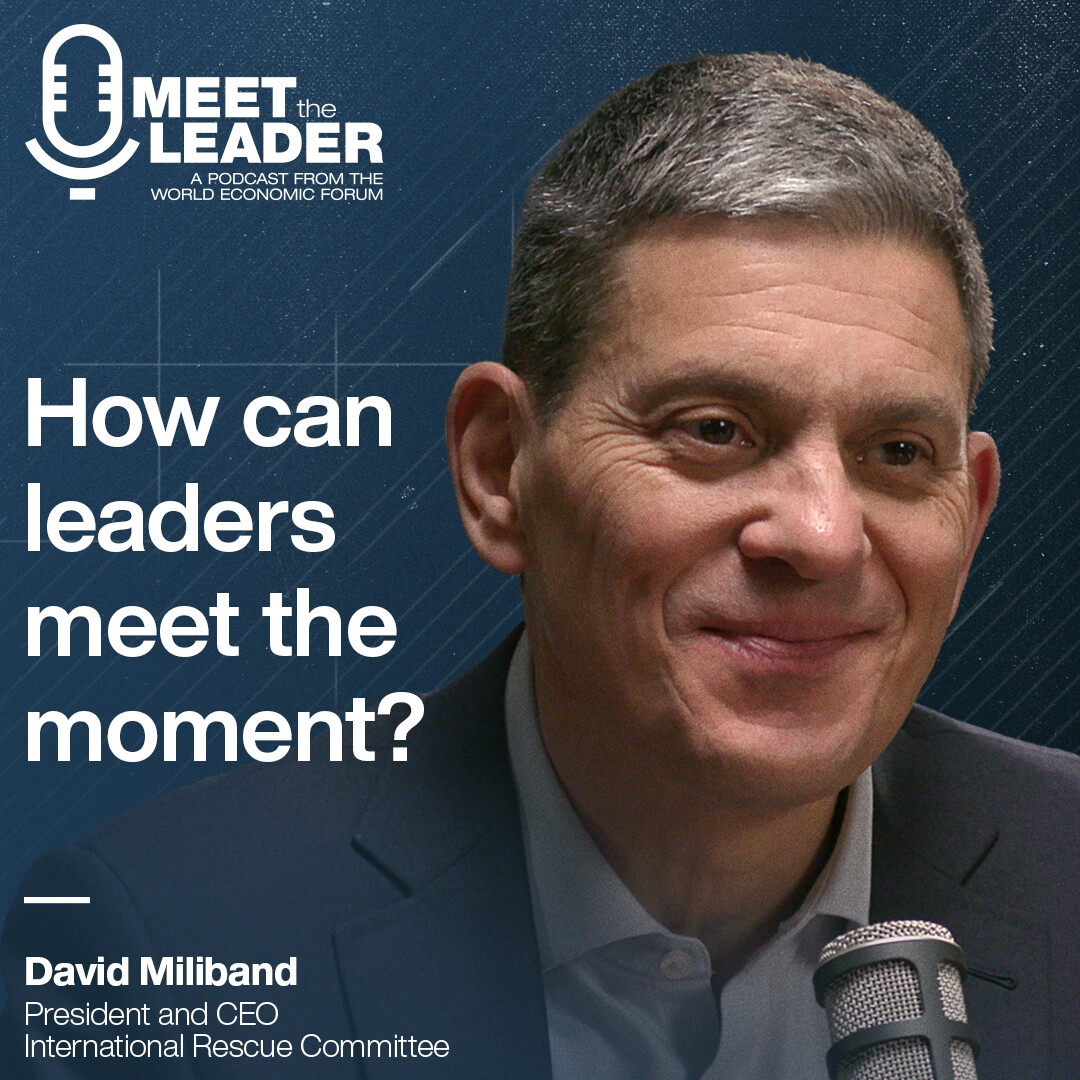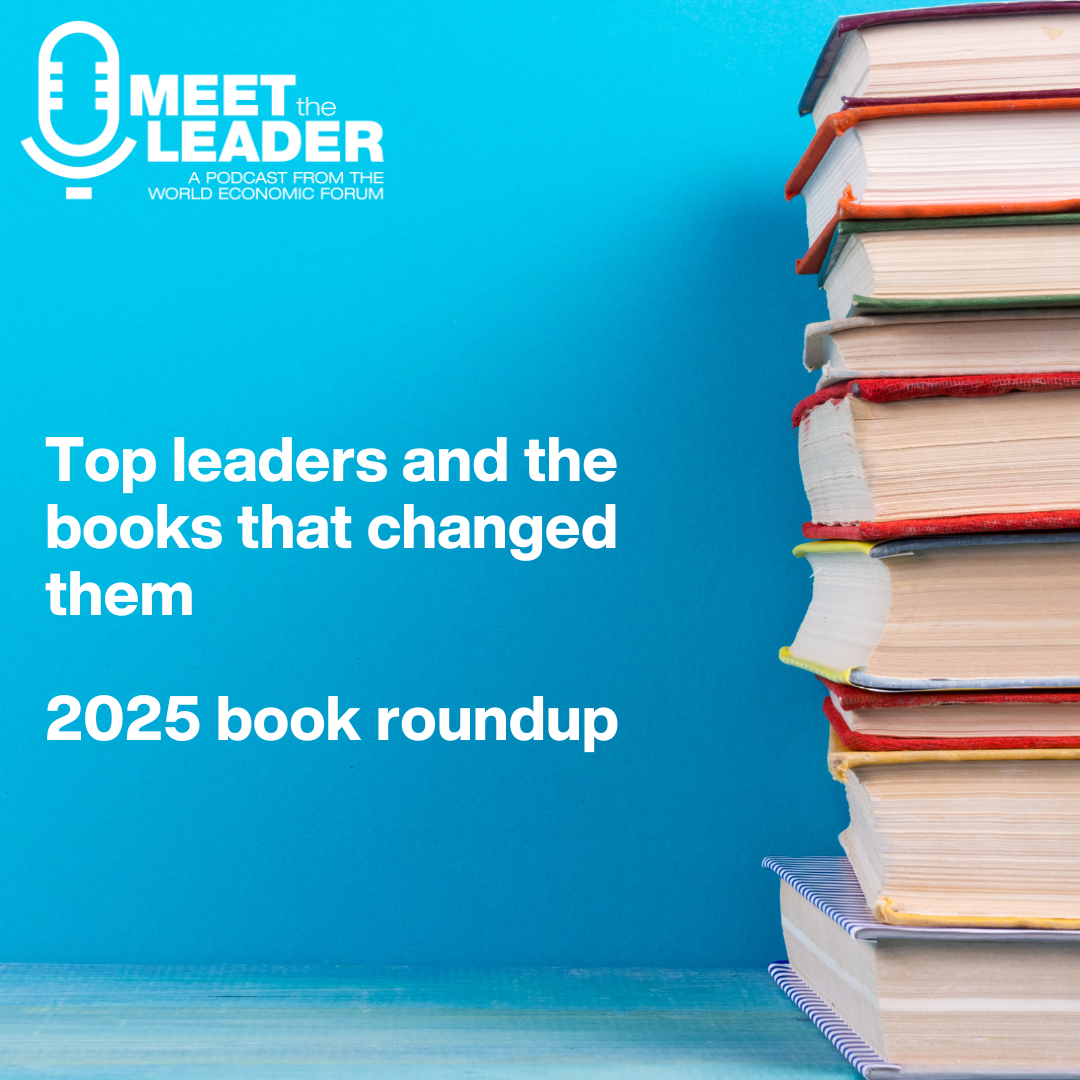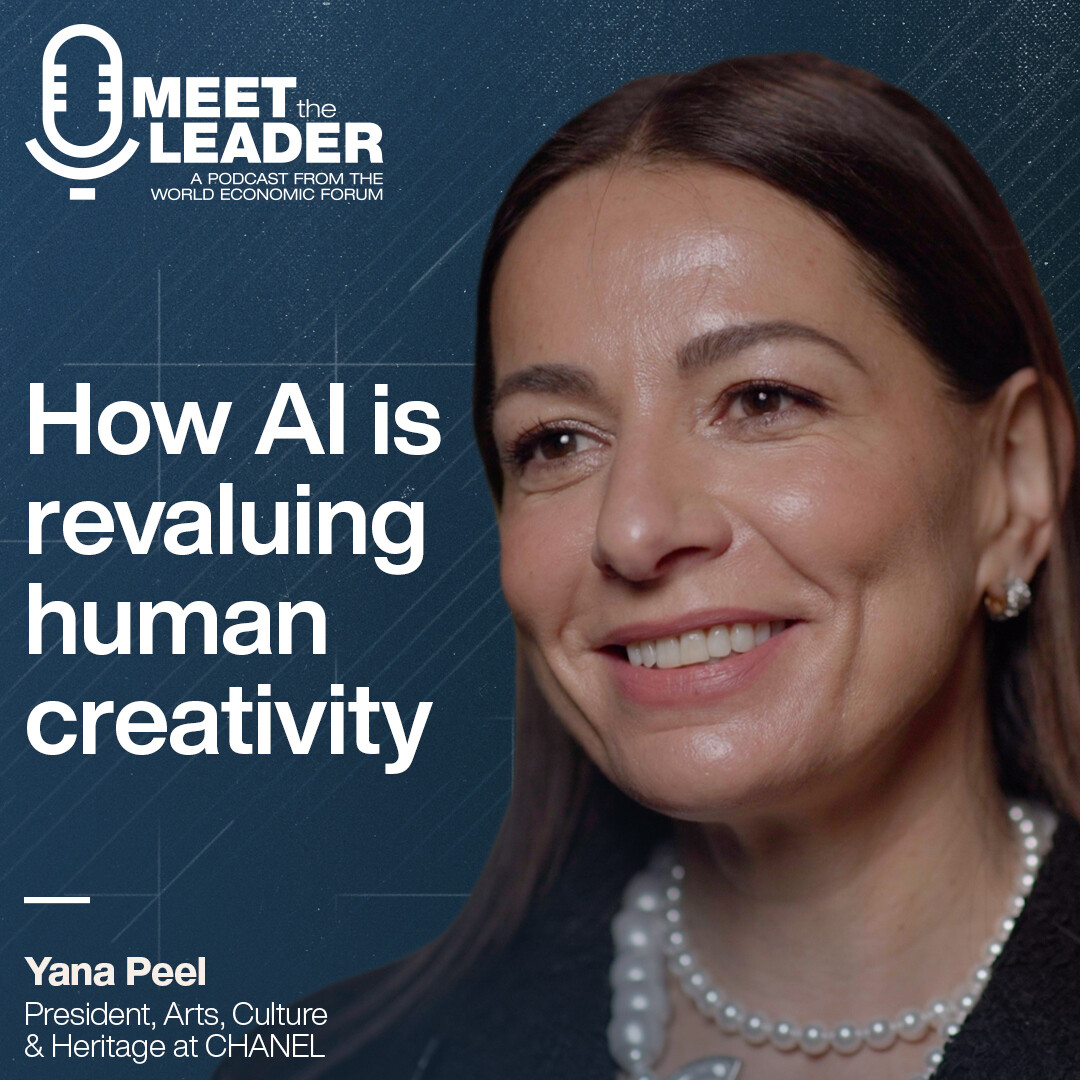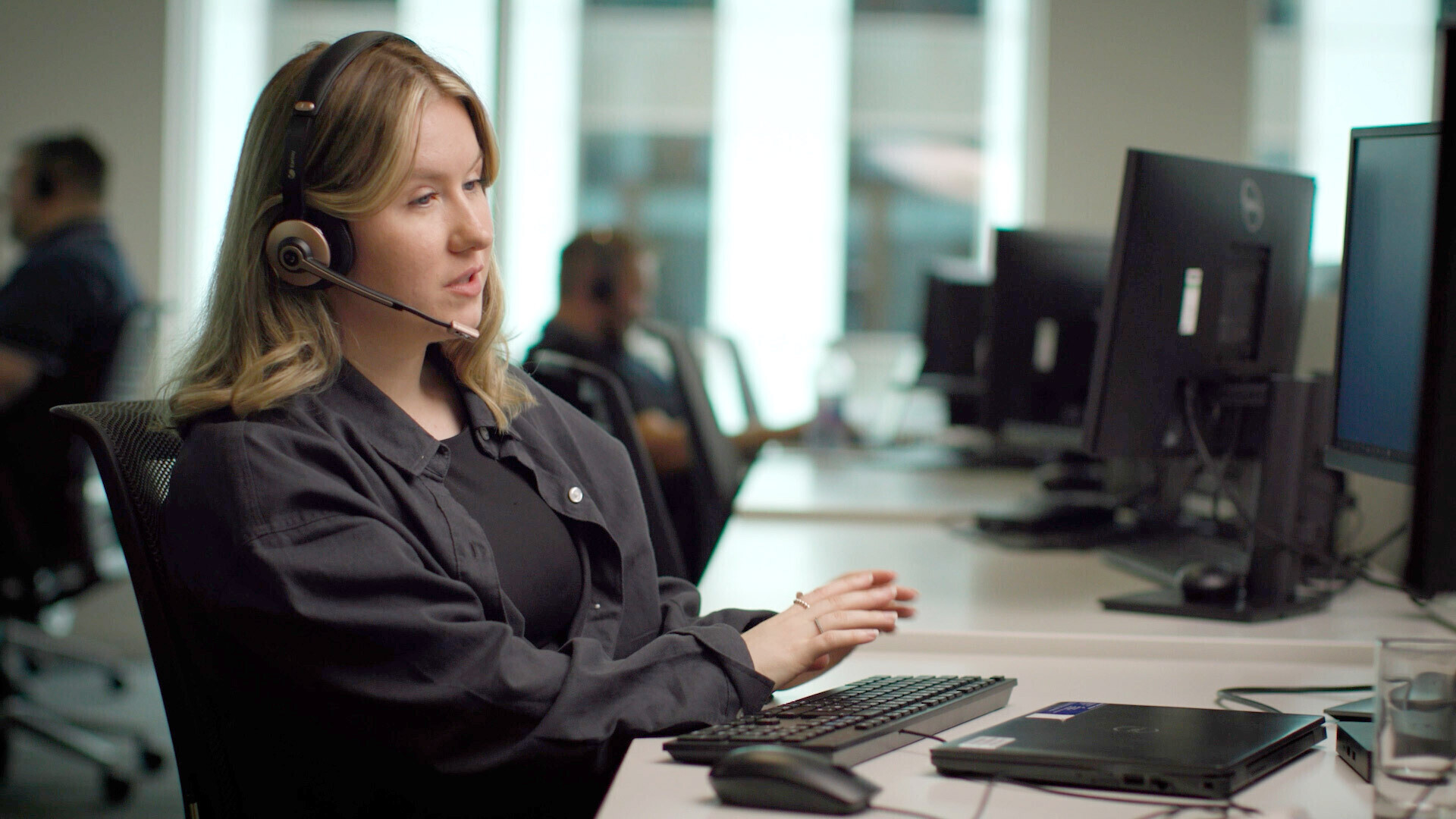The ‘inevitable’ caregiving cost nightmare: One young founder's story and solution
Lily Vittayarukskul was a college student at just 14 and on track for a career in aerospace engineering. However, an aunt’s cancer battle upended those plans, wreaking havoc on her family and their finances. The experience inspired her to launch the AI-powered startup Waterlily, helping people better predict expenses for getting older, including eldercare or assisted living, costs most don’t realize aren’t fully covered by either health insurance or Medicare. In this talk, Lily wades through the mounting data showing how ageing societies will struggle to afford long-term care needs She also shares the tough lessons her personal story taught her and what others can do to prepare for living longer.
播客文字稿
Lily Vittayarukskul, Waterlily I wanted to become an aerospace engineer. Went to college early at 14, ultimately got my degree at Berkeley. But it was at 16 that I pivoted my career from aerospace into the longevity and health care ecosystem because my aunt, who's a really integral part of her first-generation immigrant family, she was diagnosed with terminal stage colon cancer. And what came with that was two and a half years of navigating her daily long-term care needs. Things like getting in and out of bed, taking a shower, using a bathroom. And for us, it wiped us out financially. We didn't realize health insurance wouldn't cover majority of this care. We stepped in physically for majority of that care since it was happening at the home.
It made me incredibly empathetic to how devastating it is to navigate a long term care event, given the fact that's going to happen to every single household at least once.
This is an important economic shift where more people than ever are aging longer and not necessarily healthier. And the volume of folks that are entering into our retirement population is also at an unprecedented number in addition to the rising health care inflation of long term care costs.
The long term care nightmare that's coming is inevitable.
Linda Lacina, Meet The Leader Welcome to Meet the Leader. I'm Linda Lacina and I am excited to introduce you to Lily Vittayarukskul. She is the founder of Waterlily and that is a startup that's helping us get more prepared for living longer and helping us afford it. How are you, Lily?
Lily Vittayarukskul I'm doing great.
Linda Lacina Can you explain the concept of the longevity economy for people who aren't familiar?
Lily Vittayarukskul So the longevity economy represents this massive economic force that's coming from all the ageing individuals entering into our retired population and needing some form of care or help. This either results in assistance with health care needs, financial needs or navigating the family caregiving aspect of it as well.
Linda Lacina And why is it crucial that we bridge this gap globally given that there's increasing lifespans and decreasing healthspans?
Lily Vittayarukskul This is an important economic shift where more people than ever are ageing longer and not necessarily healthier. And the volume of folks that are entering into our retirement population is also at an unprecedented number. In addition to the rising health care inflation of long-term care costs.
Linda Lacina So some call this sort of a long-term care nightmare. Can you give us what is the worst case scenario here? What is it that we want to avoid when it comes to not being prepared for long-term care?
Lily Vittayarukskul It's more of the long-term care nightmare that's coming is inevitable given the dynamics in behaviour, health finances and the health care dynamics.
On average, every single household is going to deal with a very serious form of long-term care events. And we naturally today avoid the conversation until the point of our ageing parents or grandparents need that care.
And we're thrusted into that position of being a caregiver, taking care of our loved ones at the home or gearing towards the incredibly expensive costs of facility care because we can no longer take care of them at home. We're at unprecedented numbers today, where long-term care costs represent 1.5% of GDP.
And by 2050, just 25 years from now, what we're going to see is a 400% increase in cost as well. That is mostly taken on by the government. But because of how quickly that cost is growing, which represents a compound annual growth rate of about 6.6%, that burden will likely fall away from the government social safety net and likely fall on the families in the form of either additional regulations, taxes or out-of-pocket cost.
Linda Lacina And what and who can help promote financial literacy for people of all generations, all backgrounds. Who can help?
Lily Vittayarukskul I would say all the voices right now that already talk about the importance of saving towards retirement, whether it's your 401K or additional retirement accounts. Those voices, whether it's the employer, it's the public figure.
Any public figures in media that talk about financial planning, the wealth management industry, the insurance industry, they all need to start talking about how important it is to prepare for long-term care costs, because it's not just about growing our wealth so that we feel comfortable in retirement. It's about protecting that wealth as well, because ageing costs are one of the number one reasons why we deplete a lot of our savings.
Waterlily essentially predicts a family's future ageing care needs.
”Linda Lacina You've talked a little bit about, hey, it's not just something for older adults to concern themselves with – can you dig in a little bit about that? You know who else needs to be thinking about long term care?
Lily Vittayarukskul So the folks that need to really start thinking about long-term care are not just the families that have never thought about this topic. And now we see that the burden will be shifting towards them and how do we prepare them appropriately and educate them.
But the responsibility really falls on both the private and public sector to educate these families on the future burden of long-term care costs and have a dialogue not only with these families but amongst themselves to talk about what are some potential solutions that we haven't seen before that need to be in place to really prepare these families both from a social safety net perspective as well as the private financial products that are a lot smarter than just not saving for this environment or that are more competitive than saving for this environment, whether it's insurance industries, the financial services industries or the local or federal governments.
Linda Lacina So tell us about Waterlily. What is it and how does it work? Tell us how it works.
Lily Vittayarukskul Waterlily is a company that I founded that built AI that predicts a family's future ageing care needs and the associated cost and we guide them through the logistical and financial planning process to steer them to a more sustainable ageing trajectory.
And the way that works is through an initial three-minute simple intake form where we don't need your genetic information, we don't need your medical records. We ask about three minutes worth of questions on sociodemographic information, medical information and financial information.
And with that, we leverage over half a billion data points of families that already navigated a long-term care event where we followed them for 30 years so that we can match it to the households that went through this event to predict for you what is your likelihood of meeting care, what age you start needing that, as well as that duration of time and that progression of care needs where you usually start with needing care at the home for your lighter care needs.
And it's not nursing home all throughout, towards the tail end you do touch on nursing home care. But what's important is we double down and also tell you if you're going to need care at the home, we also predict how much the family members would step in by default if you don't have a plan in place, whether it's a spouse, the children or other family members.
So that you might decide, I don't want to burden my family in that same way and maybe I need to save more in order to pass those care hours off to the professional. And the end piece of Waterlily is how do we solve for that future, let's say, 1.5 million in cost as efficiently as possible, either through self-funding, through investments or through insurance products or other financial products that could also cover this cost.
Linda Lacina And how will the clients actually work with the tool? What information are they giving you? What do they have to feed into this tool?
Lily Vittayarukskul Yes. So we ask for sociodemographic information such as your gender, where you live or your marital status. Or financial information, which is your net worth as well as your annual income.
And we asked medical questions such as any diagnoses that we should know about. Any recent surgeries. Are you taking any medication as well?
Linda Lacina And what sort of before and after stories do you have so far that you might be able to share with us?
Lily Vittayarukskul So the first story is actually one of my co-founder, Evan. He is one of our first angel investors turned co-founder. And so when he invested in a company, he just believed in my background, I've been patenting and innovating from a very young age, from 12, from 12 to 16, working with NASA and then leading product and engineering. So he knew that I was going to build something great for families that really needed it from a health care perspective.
But when we launched our first MVP [minimum Viable product] about a year and a half ago, he tried out the product. There was even no recommendations on the platform, no financial recommendations. But he didn't know anything about long term care. And when he went through the system, it told him what his unique needs are going to look like. He was going to need care sooner than he expected. He was going to pass sooner than expected and he was going to be way more expensive than he ever anticipated. And he couldn't stop thinking about those statistics. And so what he did is he changed the way he was saving towards this event as well as he's lost 10 to 15 pounds, actually, since he's used our software in order to stave off the long-term care events and also live longer because that's what the projections showed him, if he was healthier in some way.
And we've seen countless stories like these with the hundreds of families I already walked through our system since we launched just a few months ago, where the main statistic is not just about building a beautiful educational experience, it's about getting families to act.
And so we see that of the hundreds of families that self-report after building out a Waterlily plan, 45% actually purchase a life, long-term care or an annuity product which represents a hundred X increase or an 11,000% increase in long-term care financial products sales compared to the baseline today, which more closely matches the growth in long-term care needs that we're also going to have as an ageing population, as well as over almost a third update their investment strategies towards long term care, a fifth change their estate plan and almost two thirds change how they want their family members to step in as a result.
And what is not on our platform but what is actually happening, which represents unique use cases of our platform, is many clients are also losing weight through our platform, where they are oftentimes very overweight. And when they see that their long-term care needs are in their 70s when they expected to be in their 90s, they think, well, is it because I'm overweight?
And so they reput in their data that is 40 pounds lighter than their current version and they notice it helps them live five years longer or it makes their long-term care event a lot less intense, a lot less expensive. And in five or six months they've lost those 40 pounds. So that's been really incredible results for our platform as well.
Linda Lacina Also, when factoring the costs of living longer, you have to maybe factor in that you might be ill, you might not be at your same health.
Lily Vittayarukskul Yes. Exactly.
Linda Lacina There was a special pilot with Prudential. Can you tell me a little bit about that?
Lily Vittayarukskul Prudential saw a really innovative use case for Waterlily where we can better engage their policyholder population, whether they're on claim (and needing care right now and have activated their policy) or if they're pre-claim, (meaning they purchased a policy but they've yet to have that long-term care event just yet).
So Prudential has encouraged the entire policyholder population to use Waterlily to help them for the first time ever actually understand what their future care needs and costs are going to look like.
It's not only to understand, is there a financial gap in this policy and how much care I actually need and what that will cost me, but I need to self-fund for that all.
So how do I start thinking about my future care needs in a much more logistical and sustainable manner, whether it's how I want my family members to step in, how do I have a conversation with them about whether or not they could actually step in to take care of me? Do I want to age at the home, am I OK with ageing into the facility?
So we're starting to like ignite those conversations so that we could more properly understand the risk of this population as well as guide them to a more sustainable future, not only for themselves but really for the private life insurance industry that's trying to take on this risk as well.
您读了吗?
10 start-ups to watch in the longevity economy
Money matters: Your guide to financial literacy
People are living longer. So how can we build resilient economies and thriving societies?
Why longevity literacy is the secret to a prosperous longer life
We desperately need to disrupt our approach to retirement saving
Linda Lacina So you have sort of an incredible start, origin story. Can you take us through it? You needed to change course in what you thought you were going to be doing for your career because of a need that your family had. Can you tell us a little bit about this?
Lily Vittayarukskul Yes. So I founded Waterlily due to navigating a personal long-term care event in our family. In a past life, you're correct, I wanted to become an aerospace engineer. So when I was 12 to 16, I was doing some work with NASA. Went to college early at 14, ultimately got my degree at Berkeley.
But it was at 16 that I pivoted my career from aerospace into the longevity and health care ecosystem because my aunt, who's a really integral part of our first generation immigrant family, she was diagnosed with terminal stage colon cancer. And what came with that was two and a half years of navigating her daily long-term care needs because she was just so incredibly frail post chemotherapy.
Things like getting in and out of bed, taking a shower, using a bathroom – needs that many people are likely familiar with when thinking about their ageing parents or thinking about their grandparents and the needs that they have. And for us, it wiped us out financially. We didn't realize health insurance wouldn't cover the majority of this care. We stepped in physically for the majority of that care since it was happening at the home.
But most importantly, it tore my family apart to navigate this without a plan. We're first generation immigrants and this is on my mom's side where she, her entire family and extended family came from Cambodia and are war refugees.
It was at 16 that I pivoted my career from aerospace into the longevity and health care ecosystem because my aunt, who's a really integral part of our first generation immigrant family, she was diagnosed with terminal stage colon cancer.
”And so they were incredibly tight knit when they came here to the country. But after navigating this long-term care event for my aunt, where there is no plan in place, there was no insight into what the best form of care for her would look like, it really tore my family apart, created deep strife such that we haven't spoken to that entire side of our extended family in over a decade since this event has happened. So it made me incredibly empathetic to how devastating it is to navigate long-term care event, given the fact that's going to happen to every single household at least once.
The core thesis around Waterlily then was how can we take that really deep scar tissue -- that I developed navigating this personally and for every single other household that is going through this today or will be going through this – how can we reduce that scar tissue that happens from this event or get rid of it altogether by showcasing through predictive AI what that scar tissue will look like to young enough family members that could actually make a decision ahead of time and change their trajectory.
Linda Lacina What are two to three practical ways that people can better be prepared for long-term family care needs?
Lily Vittayarukskul The first one is understanding that families usually take on the majority of care needs as well as the majority of the care cost.
So becoming educated on what it means to potentially take care of mom or dad or your grandparents, whether they want to age at home or they're open to going into facility based care, whether it's a nursing home -- starting to become educated on what those care resources look like, either to get professionals at the home or get them in the facility, as well as potentially taking on that care yourself, whether if your parents or your grandparents need help with getting in a bed, taking a shower, using the bathroom, etc. How are you stepping in for that logistically? Can you step in for that? Do you live close enough or are you planning to live close enough to start to take care of them and start to talk to your parents about or your grandparents or those family members about financially where they're at? The majority of people today are not prepared at all, even for retirement. So as a result did not even prepared for these costs.
And oftentimes these loved ones want to stay at home. They have a certain quality of life that they expect when they age. And as a result, the cost of maintaining that quality of life oftentimes falls on their children or other younger family members. So, understanding do you have to start taking on that cost yourself? What is that cost going to look like? Is it a quarter of $1 million? Is it half $1 million? How can we financially start to prepare for those costs ahead of time?
And finally, the third piece is to start to look into financial products in this space as well? It's not just about saving towards this event – $5 every single month. That's just not enough money. However, there is an entire overlooked private industry, both life insurance and the long-term care insurance industry, who do have financial insurance products or annuities that can have potentially a better ROI than you self-funding yourself.
Linda Lacina Thanks so much, Lily. For more video podcasts, go to our YouTube page and for more transcripts, wef.ch/podcasts.








